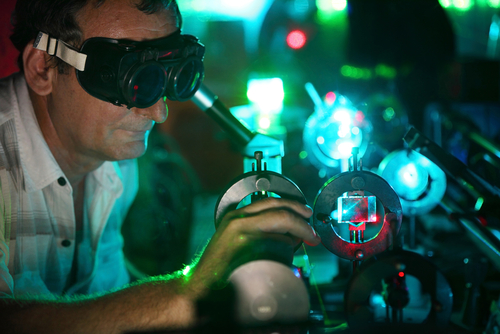
|
Lasers are everywhere these days. Keep reading to find out how you can protect workers from laser hazards.
Protective Measures for Laser Users
If you have workers who may be exposed to laser hazards, here are some easy ways to keep them safe.
- Enclose the laser beam path to the greatest possible degree.
- Position the laser beam path above or below sitting or standing eye level.
- Never aim a laser at a person or a reflective surface.
Think you have no time to train? Think again. BLR’s 7-Minute Safety Trainer helps you fulfill key OSHA-required training tasks in as little as 7 minutes. Try it at no cost and see!
- Put on assigned protective eyewear before turning on a laser, and make sure everyone else in the room is also wearing appropriate eye protection.
- Select the correct eyewear by checking the frame or lens for information on wavelength protection and optical density. Higher optical density usually protects you against higher laser power.
- Even if you are wearing laser protective eyewear, never look directly into any laser beam.
- Inspect protective eyewear before each use. Check for pits, cracks, discoloration, and other filter or frame damage that could let light in. Do not use damaged eyewear.
Effective, 7-minute sessions providing comprehensive safety training at an average cost of $1 a day. Get the details.
- Conduct high-powered laser operations in limited-access controlled areas where warning signs are posted.
- Turn lasers off when not in use.
- Ensure that lasers are labeled to indicate their maximum output.
- If workers are exposed to laser-generated smoke plumes, consider installing local exhaust ventilation to protect their lungs.
Want to add more laser-like precision to your safety program? Safety.BLR.com® can shine a light on whatever you need.
